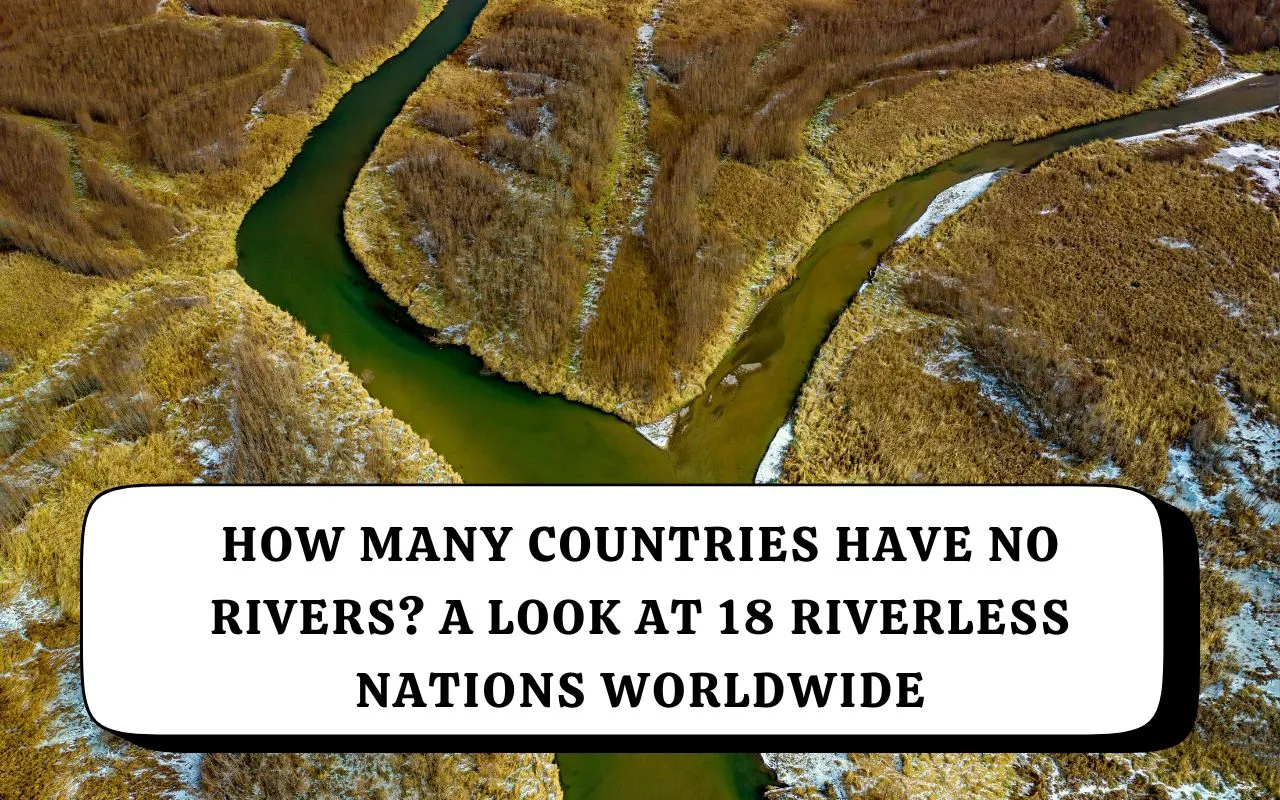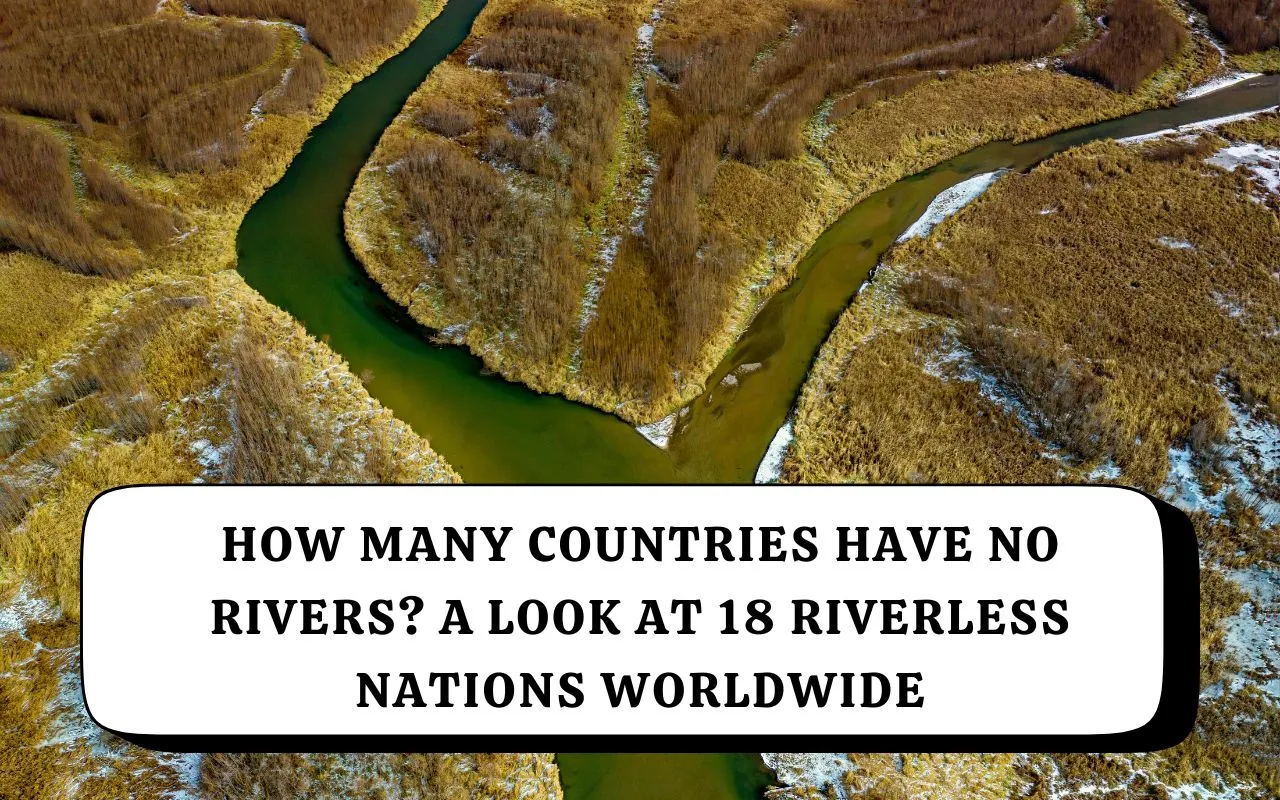

In most parts of the world, rivers are a natural part of life. But there are 18 countries where no permanent rivers exist. These nations depend on other water sources—groundwater, seasonal streams, rainwater harvesting, imported water, or desalination—to meet their needs.
In countries like Saudi Arabia, ancient river systems once flowed across the Arabian Peninsula, but today, not a single river runs year-round. With almost no rainfall and high evaporation, the country relies heavily on desalination plants along the Red Sea and the Arabian Gulf. These facilities produce a major share of the world’s desalinated water, sustaining cities, industries, and agriculture.
Across the Arabian Peninsula, nations such as Bahrain, Kuwait, Qatar, Oman, the UAE, and Yemen face similar conditions. Rainfall is limited, and temperatures remain high throughout the year. After occasional downpours, short-lived streams known as wadis appear, but they dry up quickly.
Some island nations also have no permanent rivers. Malta, the Bahamas, and the Maldives lack the rainfall and landmass needed to support continuous water flow. These islands rely on rainwater storage and coastal aquifers for their freshwater needs.
Despite these challenges, many of these countries have built thriving urban centers. Cities such as Dubai, Doha, and Riyadh continue to grow through technology, water management, and large-scale desalination.
Countries with No Permanent Rivers
-
Saudi Arabia
-
Kuwait
-
United Arab Emirates
-
Qatar
-
Bahrain
-
Oman
-
Yemen
-
Libya
-
Djibouti
-
Maldives
-
Malta
-
Monaco
-
Vatican City
-
Nauru
-
Kiribati
-
Tuvalu
-
Marshall Islands
-
Tonga
Key Facts
-
Saudi Arabia operates some of the largest desalination plants in the world, supplying over half of its drinking water from seawater.
-
In Oman and the UAE, wadis appear only after rare heavy rains and vanish within hours.
-
The Maldives depends on rainwater collection as rising sea levels threaten its limited freshwater.
-
Qatar and Bahrain rely mainly on desalination due to minimal rainfall and depleted natural springs.
-
In small island nations like Malta and the Bahamas, groundwater stored in limestone layers serves as the main freshwater source.
-
Satellite studies suggest that parts of the Arabian Peninsula were once covered by ancient river networks, indicating a greener past.
These examples show that not every country is shaped by rivers—and in many regions, human effort and technology now serve as the lifelines where nature provides none.
